Hers disease is assigned to the group of glycogen storage diseases and is a disease that is characterized in most cases by a deficiency in a specific enzyme. This enzyme is the so-called alpha-glucan phosphorylase enzyme, which is found particularly in the liver.
What is Hers Disease?

© gritsalak - stock.adobe.com
With the disease Hers disease it is a metabolic disease in which the storage of glycogen is impaired. The disease is inherited as an autosomal recessive or X-linked trait. In the German name it is often referred to as Hers disease with the presence of the so-called glycogenosis type VI.
A pathological deficiency of phosphorylase in the liver means that the glycogen substance cannot be broken down sufficiently. As a result, the glycogen remains in the liver and cannot be used as an energy source by the body. Apart from the liver, in the vast majority of cases no other organs are affected by the deficiency of phosphorylase in Hers' disease.
causes
There are several potential causes of Hers disease. In general, it concerns enzyme defects in the phosphorylase kinase system in the liver and in the muscles, which are congenital. The causes are known to be an X-linked defect in the so-called phosphorylase b-kinase of the liver, a defect in the liver phosphorylase and a combination of the failure of phosphorylase b-kinase in the muscles and the liver.
With regard to liver phosphorylase, a connection to mutations in a particular gene, the PYGL gene, has been established. The PHKB gene has been identified with regard to the combined defect of muscle and liver phosphorylase.
Symptoms, ailments & signs
In most cases, the symptoms of Hers' disease show up in childhood and puberty. The disease is usually characterized by a relatively mild course. The typical main symptoms of the disease Hers disease consist in the pathological enlargement of the liver (medical name hepatomegaly) as well as in a growth retardation.
In addition, mild to moderate hypoglycaemia may occur, but this regresses with increasing age. In many cases, hepatomegaly also subsides with increasing age of the affected person and can also regress completely. In some de-novo mutations, residual enzyme activities have been demonstrated, which are accompanied by mild ketosis as well as slightly elevated levels of cholesterol, triglycerides and transaminases.
With regard to the X-linked defect in the phosphorylase kinase of the liver, connections to physical diseases such as osteoporosis, liver cirrhosis, neurological diseases, basic obesity or increased lactate levels have also been reported less frequently.
Diagnosis & course of disease
Hers disease can only be diagnosed with certainty through specialist examinations and laboratory analyzes. There are various options for making a reliable diagnosis of Hers' disease, the use of which is weighed with regard to the individual case. In many cases, a reduced enzyme activity of the liver (medical name phosphorylase) serves as evidence.
Likewise, decreased enzyme activity in both the leukocytes and the erythrocytes can serve as a possible evidence of Hers disease. In addition, decreased levels of glycose and lactate in connection with increased levels of transaminases also indicate the presence of Hers disease. In general, the enzyme defect can be detected both in the liver and in the lymphocytes.
In addition, molecular genetic evidence of a mutation of special genes in combination with clinical findings is another option for diagnosing Hers' disease.A liver biopsy can also be considered as an apparatus for diagnosing Hers' disease.
Complications
Because of Hers' disease, children in particular already suffer from various symptoms and ailments. In most cases, growth and child development disorders occur. It is not uncommon for those affected to be restricted in their everyday life and also dependent on the help of other people. The patient's quality of life is significantly reduced by Hers disease.
Furthermore, mental retardation can also occur, which can lead to learning difficulties. As a result, children can become victims of teasing or bullying and develop psychological complaints or depression as a result. Likewise, the disease has a very negative effect on the liver. A causal treatment of Hers disease is not possible.
Those affected are therefore dependent on various therapies that are intended to limit the symptoms. Not infrequently, however, the disorders regress on their own in old age. As a rule, the treatment is carried out with the help of stem cells. Immunosuppressants can also limit Hers disease. In general, it cannot be predicted whether this will lead to a reduction in life expectancy.
When should you go to the doctor?
The first symptoms of Hers disease appear in childhood up to puberty. Growth disorders or swellings on the body are particularly noticeable. If, in direct comparison to children of the same age, a significantly reduced body size can be perceived within the growth process, the information should be discussed with a doctor. A doctor should also be consulted if there is swelling in the upper body at the level of the liver. It must be examined and clarified whether there is an enlargement of the organ. If there are general functional disorders, abnormalities or changes in the complexion or if the drive is reduced, a doctor is required.
If the skin is pale or yellowish discoloration, a doctor should be consulted. An inner restlessness, increased irritability as well as disturbances of the concentration indicate health impairments which have to be examined and treated. Attacks with cravings and severe tiredness or fatigue are further signs of an existing irregularity. If the symptoms persist for several days or weeks, a doctor must be consulted. If there are behavioral problems, emotional or psychological problems, or if strong withdrawal behavior is observed, there is cause for concern. A doctor's visit is necessary so that the cause can be clarified. A doctor should also be presented with a decrease in normal performance.
Treatment & Therapy
The treatment of Hers disease with glycogenosis type VI can be purely symptomatic in the vast majority of affected patients, whereby symptoms should be avoided. In this context, the main goal of treatment is only prevention of hypoglycemic phases. In order to be able to carry out this preventive therapy, an overall good prognosis of Hers disease must be available for the individual case.
On the other hand, in more complicated cases, existing metabolic disorders must be compensated and organ dysfunctions compensated. In addition, accompanying nutritional therapy should also be considered. The diet should be characterized by high-carbohydrate and small meals. The use of immunosuppressants can be used as drug therapy.
Hers disease can also be treated surgically by transplanting stem cells. However, in many cases no therapy for Hers disease is required. However, the disease must be monitored by a doctor in the form of regular examinations.
To be able to immediately initiate appropriate therapeutic measures in the event of a potential worsening of individual symptoms or the overall condition of the patient concerned. In general, the prognosis for Hers disease can be classified as predominantly good.
You can find your medication here
➔ Medicines for painOutlook & forecast
Hers disease usually offers a good prognosis. The disease often resolves during puberty or early adulthood. Until then, the disease has a comparatively mild course that does not cause any major complaints. Typically, hypotension, hypoglycaemia, and growth problems occur. By eliminating the deficiency symptoms, serious complaints can be avoided.
A prerequisite is usually permanent adherence to the strict diet. Coupled with an unhealthy lifestyle or pregnancy, Hers disease can develop into a chronic condition that can cause serious complications. A change in lifestyle or comprehensive treatment of the pregnancy improves the prognosis and enables the patient to lead a relatively normal life without noticeable restrictions.
Hers disease often results in emotional complaints that need to be treated. Depressive moods, which also develop due to the hormonal imbalance, are typical. The main problem are the physical limitations, which also result in a reduced quality of life. Complications can be avoided through a targeted diet and regular check-ups by the doctor. The prognosis is made by the specialist taking into account the symptoms and the chosen therapy.
prevention
Since Hers' disease is an inherited disease that is caused by gene mutations or certain chromosomal defects, for example, there are no preventive measures for the disease so far. Since Hers disease occurs primarily in children and adolescents, it is essential to initiate medical examinations immediately when symptoms appear.
The treating physicians can then order preventive and therapeutic measures appropriate to the individual clinical picture. This can have a very positive influence on the prognosis for Hers' disease.
Aftercare
Aftercare in the true sense of the word is not available for the genetic metabolic disease Hers' disease. The cause of the disease is not curable. The basis of good health despite the suffering is an appropriate diet and check-ups. Correspondingly, follow-up examinations result only from examinations to control the success of the therapy.
This is sufficient for all milder forms of glycogenosis type VI. There are usually no medical complications that would result in further treatment and follow-up measures. Accordingly, there is no medical follow-up in the narrower sense. The situation is different if the organ functions are restricted in more severe cases.
The liver in particular can suffer from the metabolic disease and sometimes pathological changes in the tissue and cirrhosis can occur. Accordingly, surgical measures up to and including transplantation are sometimes necessary. This results in the need for medical follow-up to stabilize the patient and guarantee the acceptance of donor material by the patient's body. Follow-up examinations are planned.
Overall, all those affected are well advised to have their metabolism checked at regular intervals. Changed living conditions and physical changes sometimes make it necessary to adapt the therapy, the success of which should also be monitored by follow-up examinations.
You can do that yourself
Patients suffering from Hers disease must first and foremost adapt their daily habits and especially their diet. The diet must provide long-term energy and stabilize the blood sugar level in order to prevent the hypoglycemic phases.
Longer fasting periods should be avoided. Patients should eat smaller meals more often and eat a balanced diet. Bad carbohydrates and simple sugars should only be consumed in limited quantities. Instead, uncooked cornstarch and other slow-digesting foods can be used to stabilize blood sugar levels.
A structured therapy improves well-being and physical and mental performance. Patients should work with their doctor and a nutritionist to establish a suitable diet that is tailored to their individual symptoms.
In addition, there are sporting measures available. A short walk will help during a hypoglycemic phase. In the event of severe symptoms, however, the doctor must be informed, as serious complications may arise. In connection with drug treatment, Hers' disease can be treated well with the self-help measures mentioned. In severe cases, inpatient treatment in a specialist clinic is necessary.

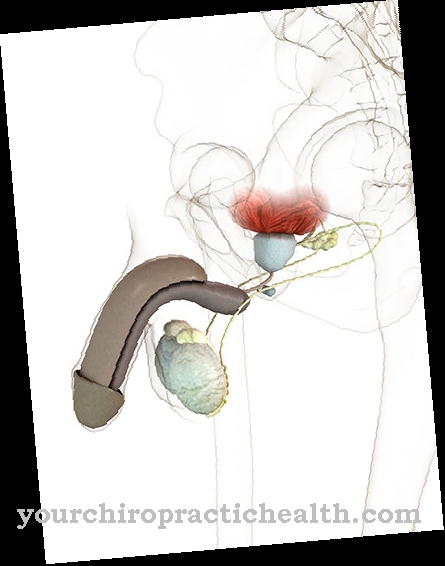




.jpg)

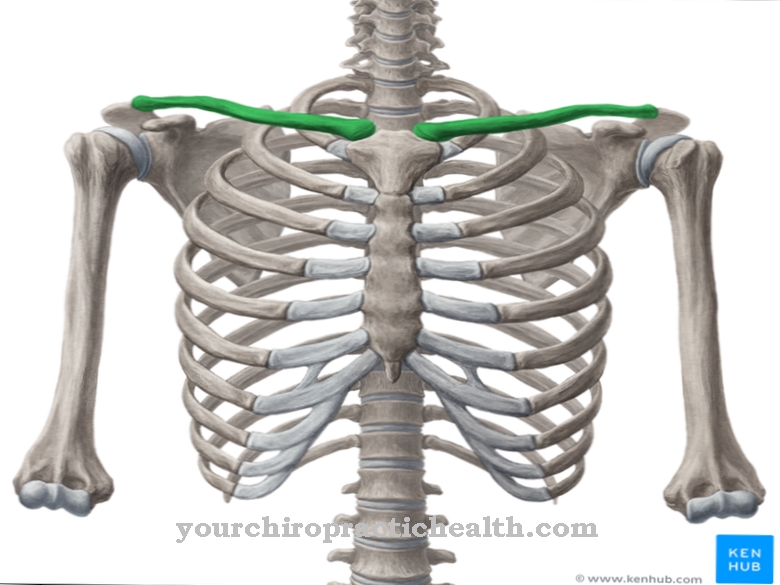

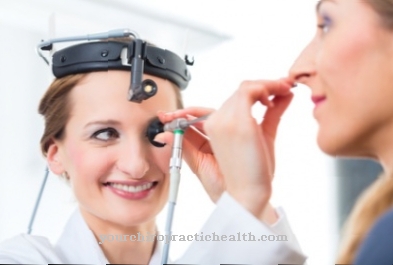
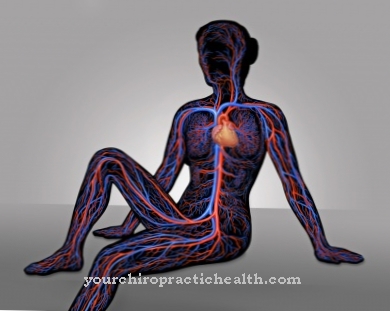
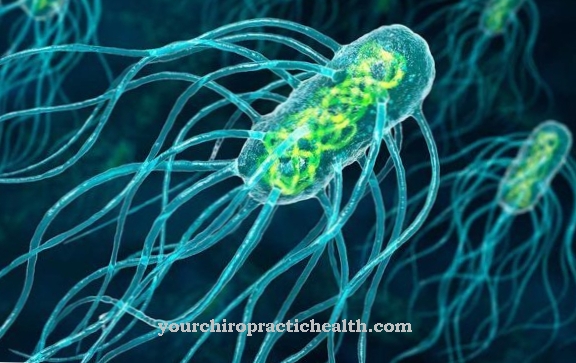
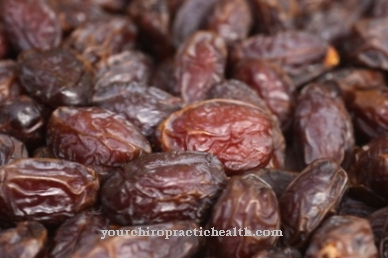

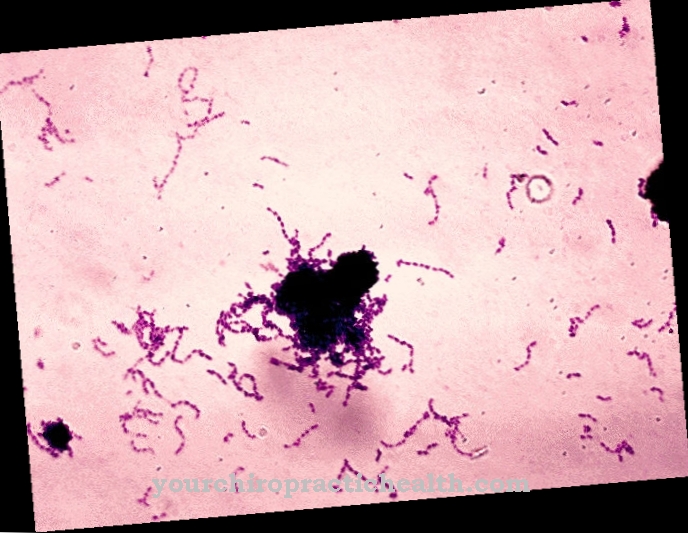
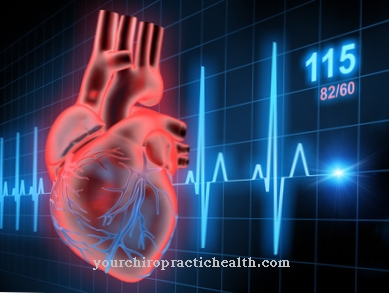
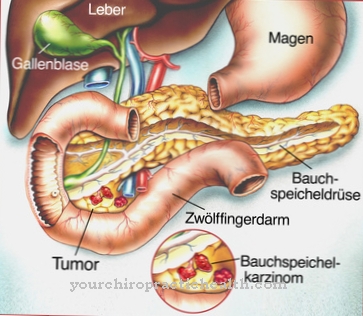




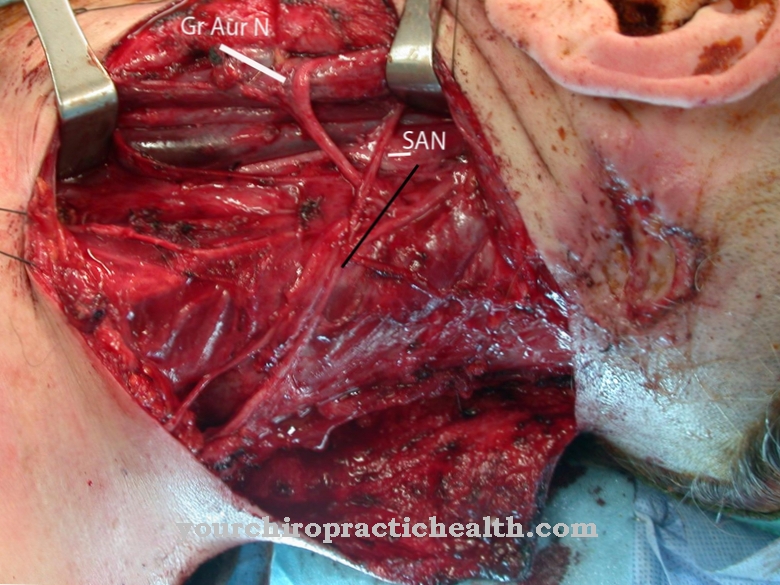

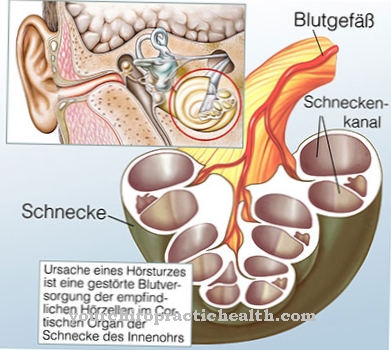
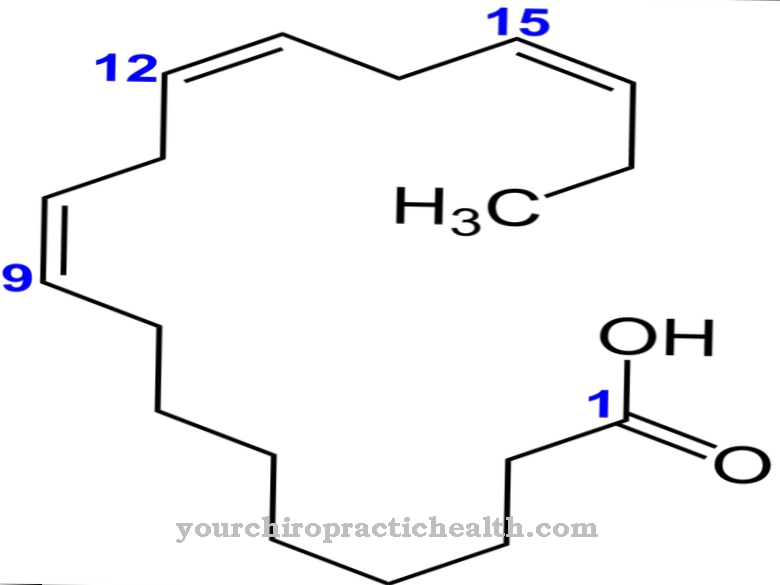
.jpg)

